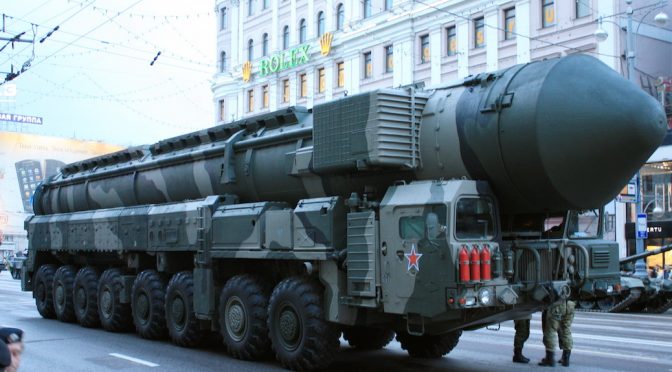Tensions between the United States and Russian Federation have spiraled in recent years and the outlook for the bilateral nuclear arms control regime has become ever more grim. Comparisons to the early 1980s Cold War are common.
Now, as then, Washington and Moscow are geopolitical adversaries. A key arms control agreement has been abandoned. Nuclear modernization accelerates. Old nuclear hands warn that the risk of nuclear war is rising. Amid growing unease, practitioners and commenters debate nuclear policy priorities, how the arms control process might resume, and how best to reduce nuclear risks.
Dakota Rudsill’s essay analyzes the comparison of our present moment of nuclear destabilization with the Cold War’s frigid and perilous depths in the early 1980s. It argues that the analogy is not perfect but it is instructive. The Cold War teaches that arms control can come back from oblivion. By focusing on the right priorities—strategic stability in particular—and generating ideas now, a pragmatic slate of actionable stability-enhancing proposals can be ready when the geopolitical currents change and prospects for nuclear arms control recover.

